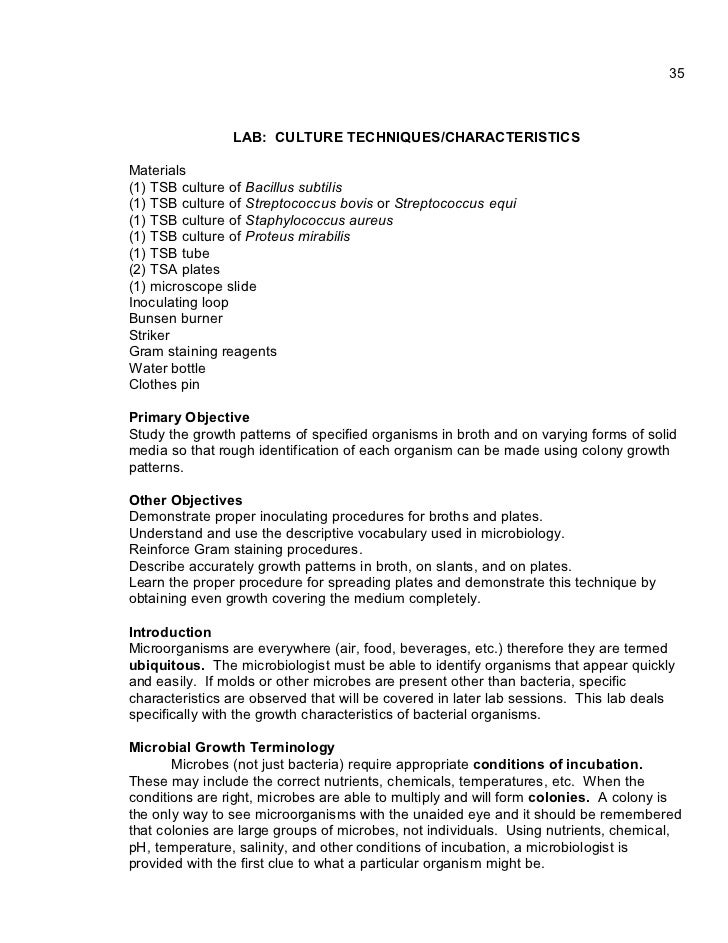Bacillus Subtilis Characteristics Pdf
Posted : adminOn 5/16/2018
Garrard Zero 100 Manual. Contents • • • • • • • • • • • • Classification Higher order taxa Domain: Bacteria, phylum: Firmicutes, class: Bacilli, order: Bacillales, family: Bacillaceae (Entrez Genome Project) Genus Bacillus subtilis NCBI: Description and significance Originally named Vibrio subtilis in 1835, this organism was renamed Bacillus subtilis in 1872. Other names for this bacteria also include Bacillus uniflagellatus, Bacillus globigii, and Bacillus natto. Bacillus subtilis bacteria were one of the first bacteria to be studied. These bacteria are a good model for cellular development and differentiation (Entrez Genome Project).
Bacillus subtilis cells are rod-shaped, Gram-positive bacteria that are naturally found in soil and vegetation. Bacillus subtilis grow in the mesophilic temperature range. The optimal temperature is 25-35 degrees Celsius (Entrez Genome Project). Stress and starvation are common in this environment, therefore, Bacillus subtilis has evolved a set of strategies that allow survival under these harsh conditions. One strategy, for example, is the formation of stress-resistant endospores. Another strategy is the uptake of external DNA, which allow the bacteria to adapt by recombination.
Characteristics of Bacillus subtilis isolated from. Characteristics of Bacillus subtilis isolated from composts suppressing phytopathogenic.
However, these strategies are time-consuming. Bacillus subtilis can also gain protection more quickly against many stress situations such as acidic, alkaline, osmotic, or oxidative conditions, and heat or ethanol. The alternative sigma factor?B is a global regulator of stress response. Heat, acid, or ethanol and glucose or phosphate starvation are all stimuli that activate? The Divine Matrix Book Pdf. B (Bandow 2002). Bacillus subtilis colony on TSA exhibiting raised, dull, wrinkled characteristics. Glogowski with permission Genome structure Only one DNA molecule is present in these cells.
Bacillus subtilis has one circular chromosome. The total size of all the DNA is 4,214,814 bp (4.2 Mbp) (TIGR CMR). 4,100 genes code for proteins. 53% of the protein-coding genes are only seen once, while 25% of the genome relates to families of genes that have undergone gene duplication (Kunst 1997). A great portion of the genome corresponds to carbon source applications (Kunst 1997). 192 of the 4,100 genes are considered indispensable, and an additional 79 are thought to be essential. Most of the essential genes are involved in metabolism.
Half of the essential genes are responsible for processing information, one-fifth of them are responsible for cell wall synthesis, cell division and shape, and one-tenth of them were responsible for the energetics of the cell. The essential genes that code for functions that are not known are 4% (Kobayashi 2003). Bacillus subtilis bacteria are capable of secreting antibiotics in great numbers to the exterior of the cell (Ara 2007). Five signal peptidase genes were found to be important for this secretion function. Many of Bacillus subtilis cells' genes are responsible for antibiotic synthesis (Kunst 1997).